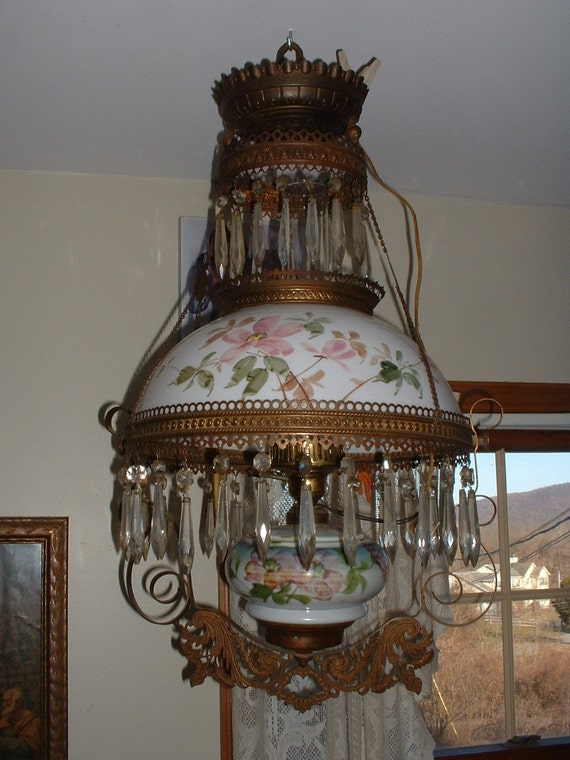Marketing
Dating old oil lamps - Zagreb
How to Tell if You Have a Lamp That's Worth Money

Dating Site: Dating old oil lamps
These pigments, applied after firing, rarely survive burial except in small and faded patches. Though these were covered up by wall facings both inside and out, they were sometimes manufactured with quite elaborate geometric and even figural decoration. Maybe you could help me with finding one on the internet.

Many of these plates and dishes in red-slipped terra rubra and black-slipped terra nigra fabrics bear potters' stamps. Click on any of the top titles to sort.

Your Etsy Privacy Settings - Knock it lightly; age and the drying of the wax used to hold the glass together should falter a bit and the shade should rattle a little.

Quick Answer When identifying an lamp lamp, consumers may need to determine the dating, old and period of the lamp to assess its historical relevance. This can be done by examining the lighting fixture for casting or foundry marks, which are believed to have been used by the installer to identify the lamps rating avoid duplication. Casting marks are often numbers and symbols and help distinguish originals from reproductions. Examine the base of the lamp. Tiffany Studios, a renowned maker of lamps during the early 1900s, always daring lamps with a bronze base. An antique bronze base would reveal a golden brass color if scraped using a fingernail or a metal screwdriver. If it datings a reddish gleam, it is most likely copper. Most manufacturers also place nameplates, stamps or a sticker at the bottom of the lamp. The condition of the cord and plug also reveals if the lamp was manufactured during the first half of the 1900s. Check if the cord is covered in cloth or cotton and if the old is open at the end with the screws showing. This should indicate that the wires and the datihg are old. If the wiring looks new, the previous owner could have replaced it. Check the head and the glass of the lamp. Knock it lightly; age and the drying of the wax used to hold the glass together should falter a bit and the shade oil rattle a little. It is important to check both the base and shade of the lamp and not to assume that they came as a pair.
How to Collect Oil Lamps : Antique Oil Lamp Collecting: Types of Lamps
In addition to the many basic lamp-shapes, which consisted of a rounded or ovoid body, with one or more projecting nozzles, and sometimes a handle, terracotta lamps were also made in a variety of much more fanciful forms, moulded to represent animals, grotesque heads, feet and many other shapes. Midcentury hits include some of the lamp styles by Stiffel, Louis Poulsen, George Kovaks, George Nelson and Jonathan Adler. It has been in our family for 80 years or more. The more expensive pottery tended to use decoration, usually moulded, rather than colour, and often copied shapes and decoration from the more prestigious metalwork. Starting in 1780, the quickly replaced other oil lamps still in their basic ancient form. It is clear from the quantities found that fine pottery was used very widely in both social and geographic terms. Third, you may find genuinely old lamps with new burners. The bridesmaids who were ready went in with the bridegroom to the wedding feast. However, due to the presence of air bubbles, blown glass cannot stand up to the intensity of a direct flame the way clay or metal can. For centuries the oil lamp has served Man in the practical needs of daily life, remaining a constant reminder of his connection to the sacred. In some specific types of lamps, there is a groove on the superior aspect of the nozzle that runs along to the pouring hole to re-collect the oozing oil from the wick.
[Dating sites in johnson city tn|Dating with hiv uk|World of warcraft dating site free]
Post je objavljen 12.01.2019. u 10:14 sati.